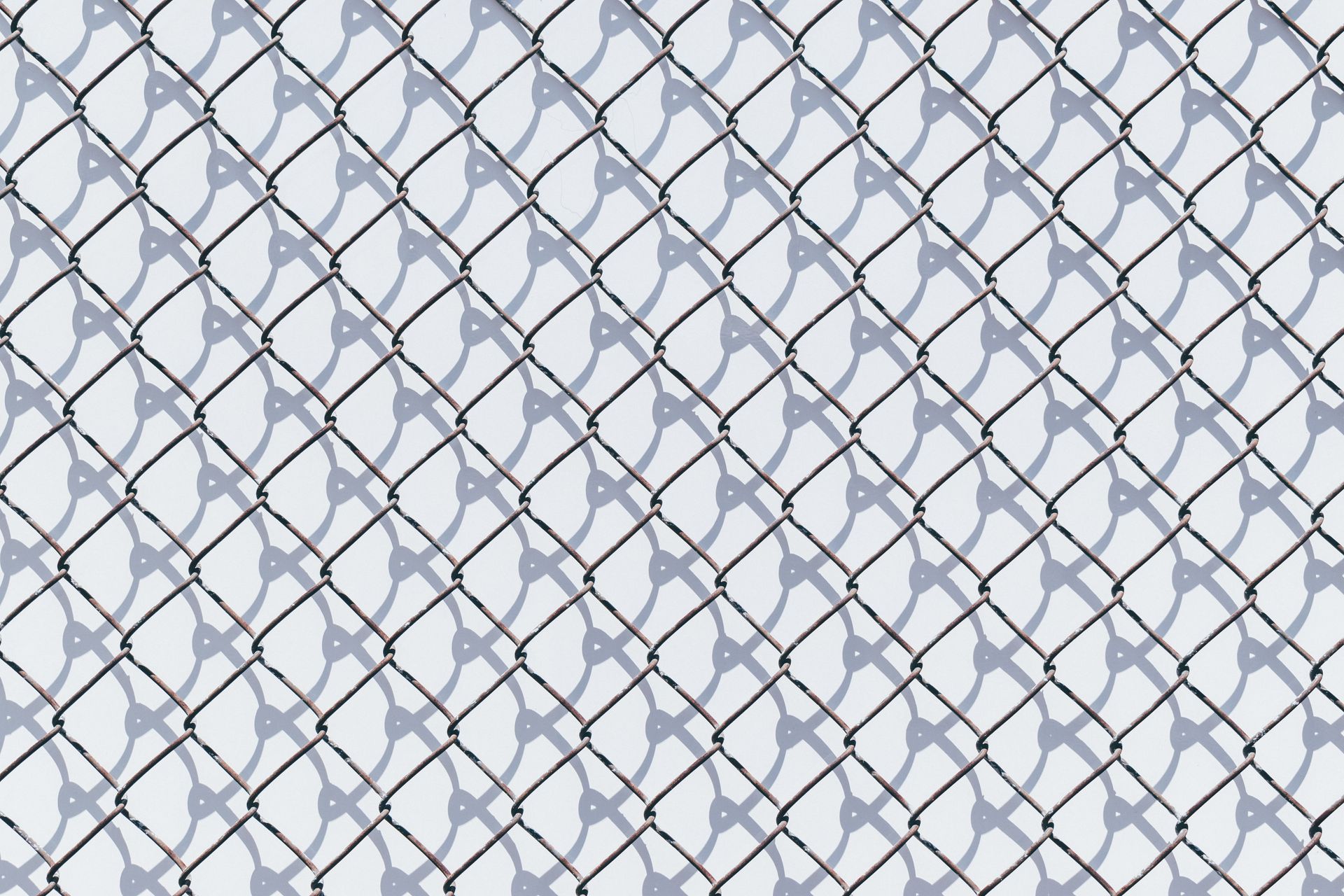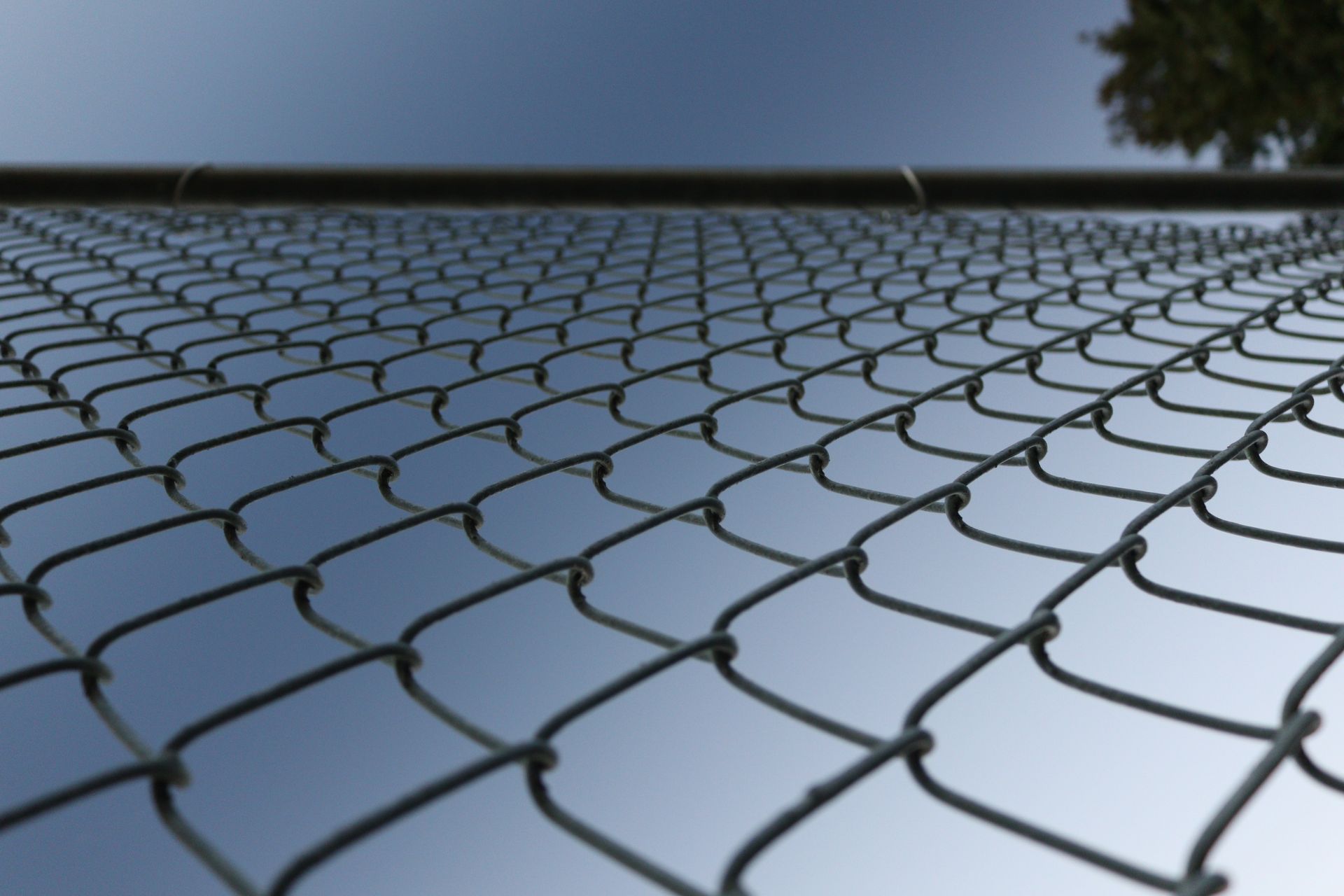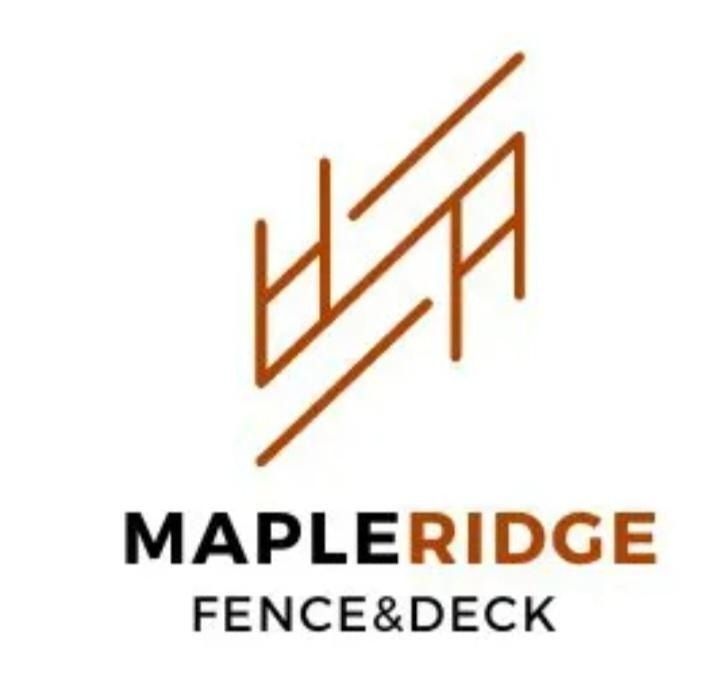Maple Ridge Fence & Deck
Why a Chain Link Fence Installation Could Be the Right Choice for Your Home
Our principal focus is making sure that our houses are safe. Most of us view our houses' security as a haven of comfort and calm. We can guarantee the same by fencing our dwellings. A well-planned and built fence guards our property against trespassers, prevents stray animals from entering, enhances the building's architecture, and beautifies the area.Fences have a lot of useful and aesthetically pleasing uses around the house. They make lines, keep our pets safe, cover our gardens, and can even help build a playground.
Fencing provides a sense of solitude, improves aesthetics, and safeguards specific dwellings and plots. The fence's height and design specifications guarantee the community's safety. Different materials can be used to construct fences.
What Is a Chain Link Fence?
A wire fence with a zig-zag pattern is known as a chain-link fence. It is composed of steel or galvanized wire. Chain-wire fencing, wire mesh fencing, and rhombic mesh fencing are other names for chain-link fencing.
The chain-link fence is one of the most popular and extensively used metal fences out of all of them. It comprises posts, rails, fittings, and other hardware to form a structure that supports a stretched-out and attached chain-link mesh. Each component of a chain-link fence is available in various weights, coatings, and thicknesses to satisfy the needs of multiple specifications.
Chain-link fences come in a wide range of styles, sizes, and materials. They can be used for both personal and professional purposes. This particular fence design is also a good option for pace.

Advantages of Chain Link Fencing
Cost Effective
Chain link fencing is affordable because it is made as a continuous sheet, reducing the installation cost. Again, saving money on fence installation is dependent on proper installation. You may need to repair it after one or two winters if it was not professionally installed. If you're on a tight budget, chain link fencing is your best bet.
High Security
Although a chain link fence won't give you much privacy, it will add additional security. The zigzag pattern and interlocking steel wires are challenging to climb or grasp. Additionally, it is transparent, allowing you to constantly monitor the area around your home. Further, the fences can be raised to your desired height if you want even more security.
Strong and Durable
One of its main advantages is that chain link fences may be constructed from various materials. The coating of galvanized steel is highly durable and can last for decades. These fences are also built to withstand environmental factors that might make other barriers less effective.
Various Design Options
Beyond silver steel, there are many other design alternatives for chain link fencing. To better suit your tastes and residence, you can select a colour.
Easy To Repair
Unlike wood, a chain link fence is simple to fix if broken. It is as simple as replacing a section that needs to be cut out.
Speedy Installation
Installing a chain link fence may be done quickly, which is the best part. So that you can keep your home, children, and pets within sight, our staff at Ideal Fence can have it up for you in just a short amount of time.
Steps for Installing a Chain Fence
Getting Ready Before Installation
Review all the laws about fence height, type, and setbacks. Make careful you ascertain the property border next. Next, you should carefully read any neighbourhood covenants for fencing rules, such as those governing height and style. Finally, you can go on to the sketch for installing a chain link fence.
Mark the Fence Location
Finding the boundary line of your land is essential. A minimum of 4 inches should be left between each post and the line. Next, measure the entire length of the fence you intend to build to decide how long the fabric and top rail should be. Finally, use a stick or spray paint to indicate the precise location of the terminal post.
Install Terminal Posts
The terminal post holes must be dug (about 8 inches in diameter and 30 inches deep). The sides should slope and be wider at the bottom than the top. The ground line would then be marked with chalk on the posts. The terminal post's height above level ground should be the same as the fabric's height + 2 inches.
Ensure the post is level and set at the appropriate height before inserting it into the hole's center. Pour concrete around the post once it is in the hole's center, then use a trowel to smooth out the surface and slope it away from the post to allow water to drain away. Continue until every terminal post has been installed.
Locate Line Posts
The string should be placed on the exterior face of the terminal posts as you run a line between them. Next, determine the spacing and number of line posts by measuring the distance between the terminal posts. Keep in mind that gaps shouldn't be wider than 10 feet.
Install Line Posts
Create holes for the line posts that are 6 inches in diameter, 18 to 24 inches deep, and have sloped sides (bottom wider than the top). The height of the fabric, less than 2 inches, is equivalent to the height of line posts above level ground. For each line post, repeat the installation procedures for the terminal posts.
Secure Bands and Caps to the Posts
Onto the terminal posts, slide the tension bands and brace bands with rail ends. The outside of the fence should be facing the long, flat surface of the tension bands. Use a tension band less than the fence's height in feet. Add caps for posts at the end.
Install the Top Rail
the line post loop caps, feeding the top rail through them. The offset round side should face the fence's exterior. Continue by pressing the top rail of the swedged end through the tops of the line posts. (Top rail sleeves will be used if a swedge top rail is not used.) Afterward, gently trim the top rail to the final length.
Hang the Fence Fabric
From one terminal post to the next, spread out the chain link fence fabric on the ground outside the fence line. A tension bar should be inserted through the first row of chain-link diamonds. Make careful to fasten tension bands to the tension bar. Take the slack while holding it against the fence frame as you move along the fabric. Finally, use fence ties to fasten the material to the rail loosely.
Stretch the Fabric
Insert a tension bar momentarily 3 feet inside the fabric's loose end. Stretch the cloth after attaching one end of the stretcher to the terminal post and the other to the tension bar. Remove the tension bar, then precisely lengthen the fabric. Attach a tension bar with a terminal post at the fabric's end, then trim the extra wire.
Install Fence Ties
Fasten the fabric for 24 inches along the top rail and every 12 inches on each line post. After that, tighten each nut on the tension and rail end bands.
Hang the Gate
Apply gate frame hinges to the frame after securing gate post hinges about 8 inches from the top and bottom. Hang the gate in position and tighten the bottom frame hinge's bolts before the upper ones. The gate fork should be positioned comfortably, and all bolts should be tightly tightened.

The Bottomline
A well-planned and built fence guards our property against trespassers, prevents stray animals from entering, enhances the building's architecture, and beautifies the area. There are numerous materials, sizes, and aesthetic possibilities for chain-link fences. Both household and business uses are appropriate for them. Due to its low cost, chain link fencing has become increasingly popular. It is more affordable because it is made as a continuous sheet.
If you are looking for a
fence and deck contractor in Maple Ridge, you can count on our team to provide the best service possible. We have a wide range of services to choose from, so you can find the perfect contractor for your needs.
Contact us today to get started!
SERVICE AREAS
Maple Ridge, Pitt Meadows, Mission, Langley, Abbotsford, Coquitlam, Chilliwack, Delta, Surrey, Poco, Burnaby, Vancouver, Richmond, North Vancouver, Tsawwassen
Our Services
All Rights Reserved | Maple Ridge Fence & Deck
